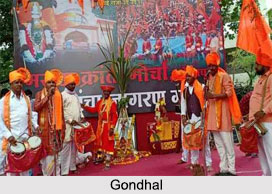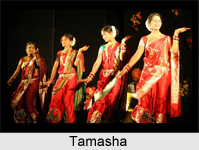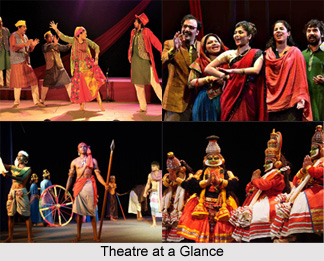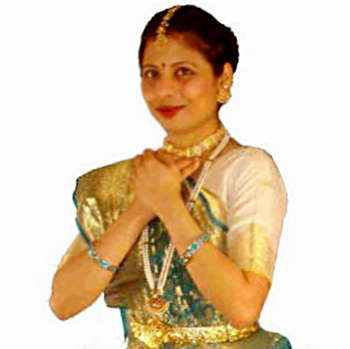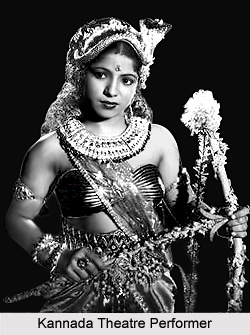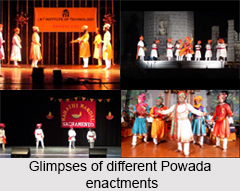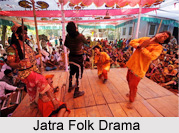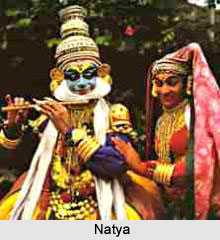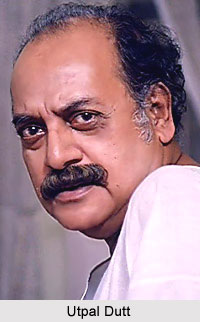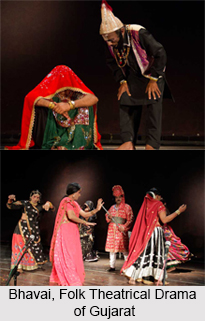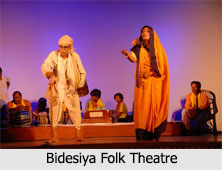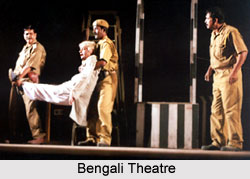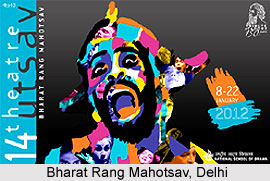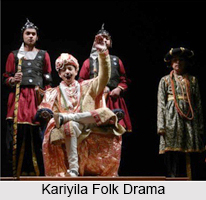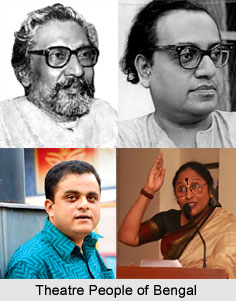Neo-Sanskritic and naturalistic Hindi drama can be discussed under the purview of the growing popularity of the Hindi playwrights. Bharatendu (1850-1885) heralded the beginning of modern Hindi drama by emancipating it from the conventions of both classical Indian and the commercial Parsi Theatre. The power of his language and the depth of psychological characterization of his dramatic figures marked a new phase in the development of modern Hindi theatre. While Bharatendu wrote satirical, lyrical and historical plays, Prasad established the historical play as the main Hindi dramatic genre.
In the year 1930s, generation of playwrights appeared who wrote several historical plays. They followed in the tradition of Western dramatists Ibsen and Strindberg and wrote not only historical, but also social plays that handled the immediate problems of contemporary Indian society. After Independence, the subject matter of Hindi theatre changed. The British were gone; social injustice, however, remained. This prompted many playwrights to stop writing historical plays that glorified the past and saw the British as the only cause for the `fall` of the great Aryan civilization. The influence of Western drama grew and the social problem play in Hindi thrived. This predominantly social message of modern Hindi drama was in perfect conformity with the ideology of Progressivism, the ideas of Mahatma Gandhi and Indian National Congress, and the political orientation of the Jawaharlal Nehru, government toward the Soviet Union and Marxism.
The preoccupation with social issues led in turn to a new rebellion in the 1960s and a new shift in subject matter. The playwrights of the new generation approached the problems of the relationship between man and woman in the family from a more personal perspective. Social issues became less and less topical. Many Hindi playwrights sought an alternative to the all-pervasive influence of Western drama and took up the folk tradition of the Nautanki as a model of their plays.
One could question the universality of this periodization by pointing to the fact that historical plays have been written throughout the entire development of modern Hindi drama and that Western dramatic tradition is as influential nowadays as it used to be in the decades before and after the Independence of 1947.
